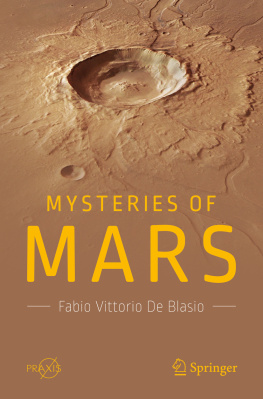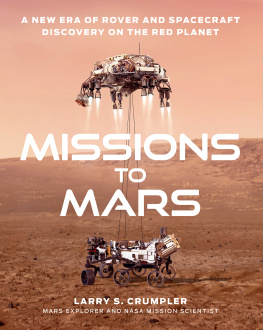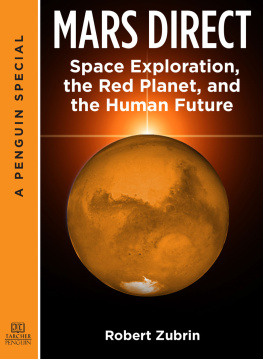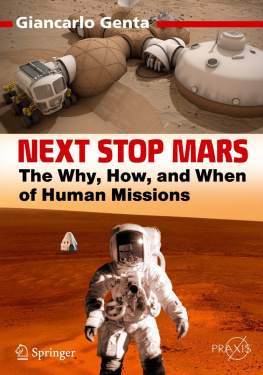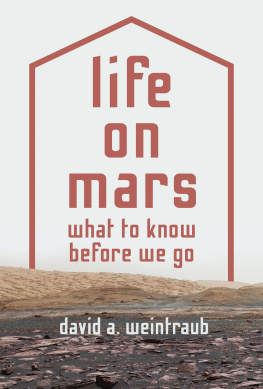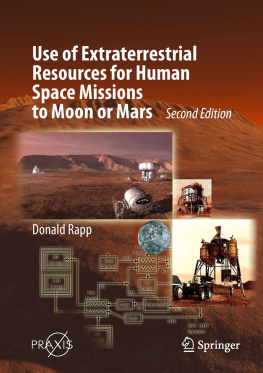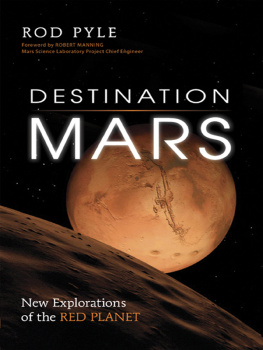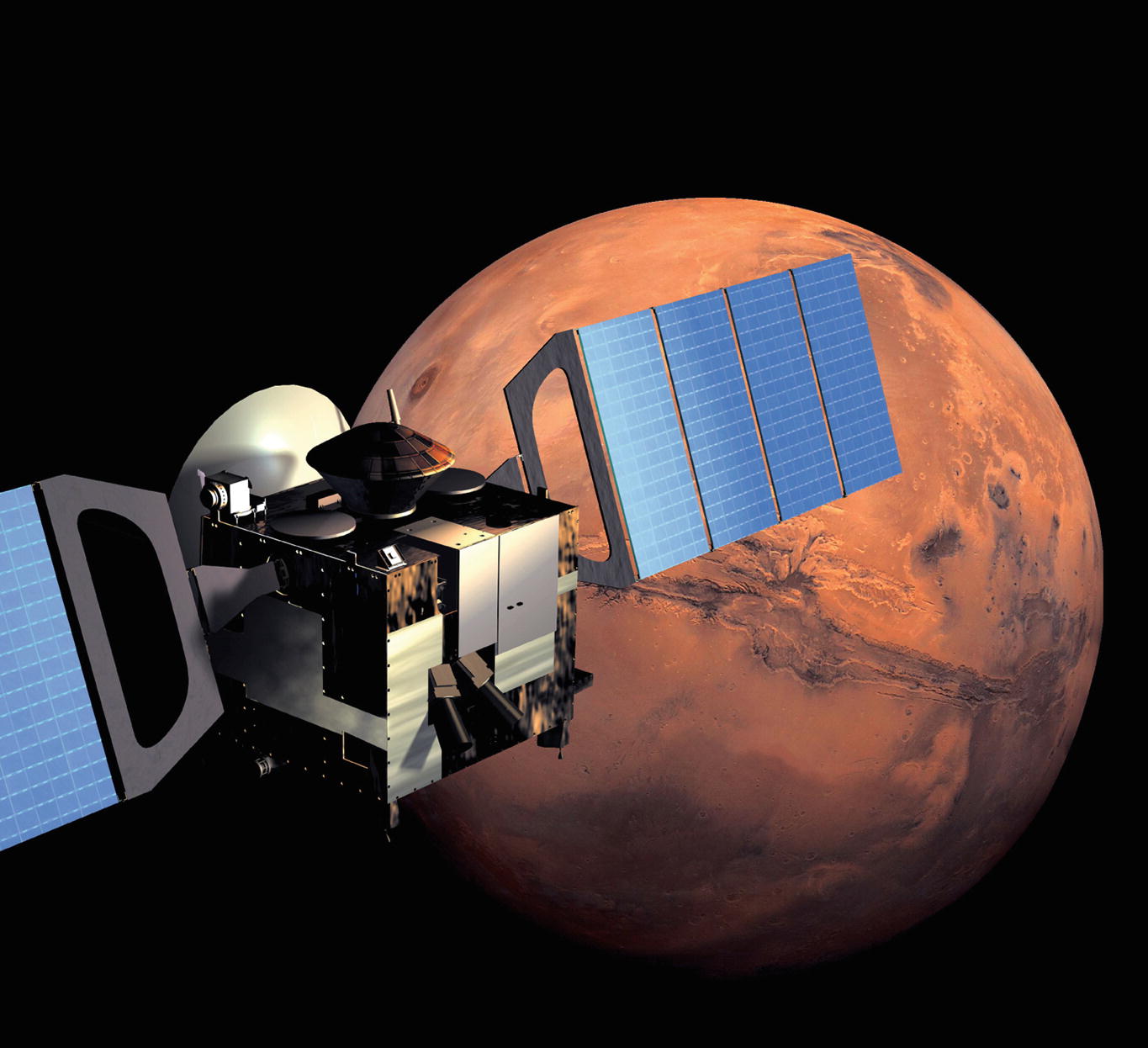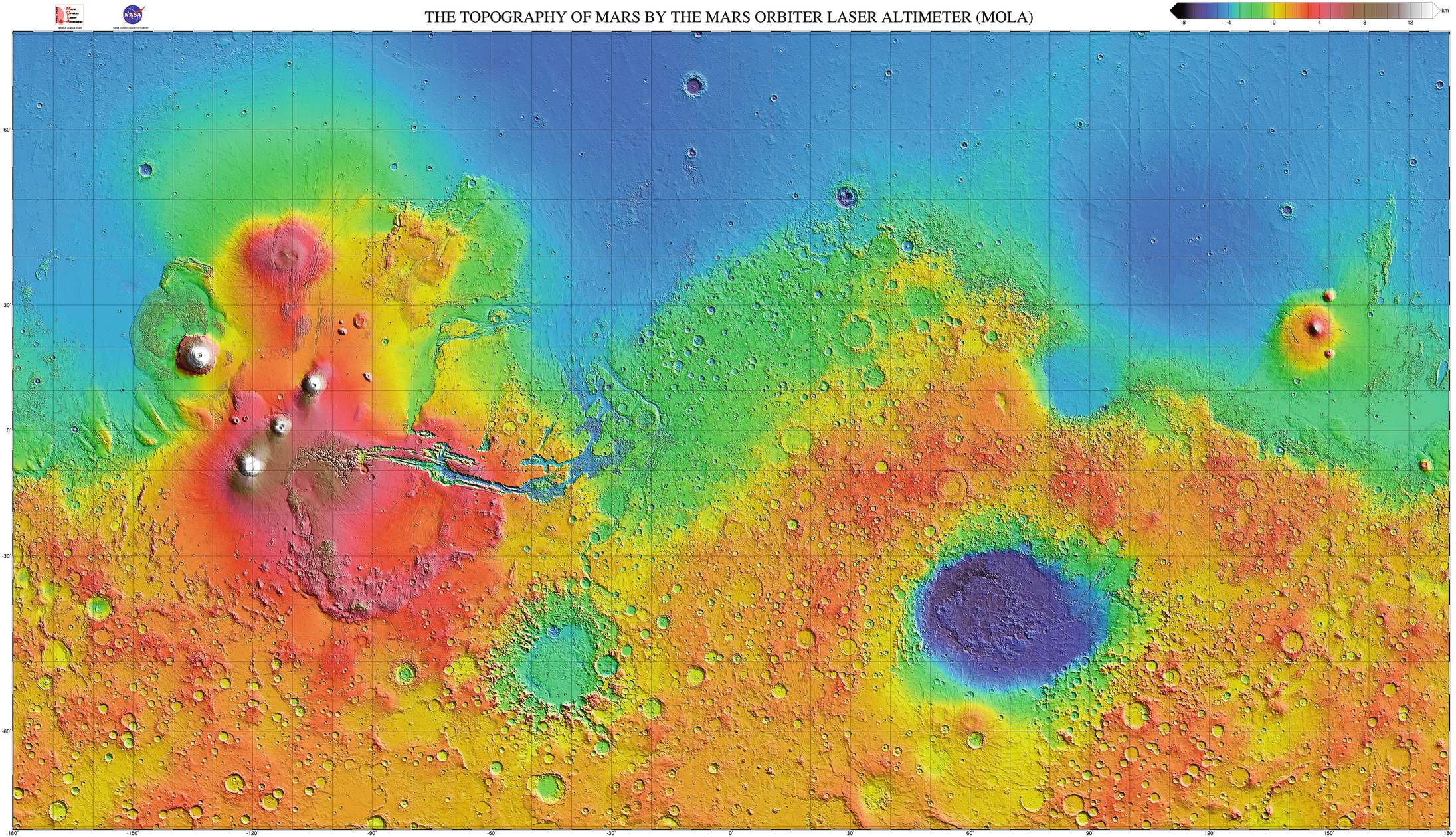Springer Praxis Books Popular Astronomy
More information about this series at http://www.springer.com/series/4097
Fabio Vittorio De Blasio
Mysteries of Mars
Fabio Vittorio De Blasio
Earth and Environmental Sciences, University of Milan Bicocca, Milan, Milano, Italy
Springer Praxis Books
ISBN 978-3-319-74783-5 e-ISBN 978-3-319-74784-2
https://doi.org/10.1007/978-3-319-74784-2
Library of Congress Control Number: 2018940009
Springer International Publishing AG, part of Springer Nature 2018
This work is subject to copyright. All rights are reserved by the Publisher, whether the whole or part of the material is concerned, specifically the rights of translation, reprinting, reuse of illustrations, recitation, broadcasting, reproduction on microfilms or in any other physical way, and transmission or information storage and retrieval, electronic adaptation, computer software, or by similar or dissimilar methodology now known or hereafter developed.
The use of general descriptive names, registered names, trademarks, service marks, etc. in this publication does not imply, even in the absence of a specific statement, that such names are exempt from the relevant protective laws and regulations and therefore free for general use.
The publisher, the authors and the editors are safe to assume that the advice and information in this book are believed to be true and accurate at the date of publication. Neither the publisher nor the authors or the editors give a warranty, express or implied, with respect to the material contained herein or for any errors or omissions that may have been made. The publisher remains neutral with regard to jurisdictional claims in published maps and institutional affiliations.
This Praxis imprint is published by the registered company Springer Nature Switzerland AG
The registered company address is: Gewerbestrasse 11, 6330 Cham, Switzerland
Per aspera ad Astra
Preface
Few fields of science are as interesting as the exploration of the solar system. New discoveries are made in series when a space mission reaches a target and newspapers feature enigmatic images of distant worlds. Even if the novelty fades, diluted in a sea of terrestrial matters now perceived as more urgent but soon forgotten, the technical and scientific knowledge gained by humanity from the interplanetary missions accumulates permanently. And also, between one mission and the next, when the publics interest decreases, novelties appear almost every day: theories, models, and interpretations about the origin and evolution of the solar system. But the king of the planets remains Marsakin to Earth, yet so different. Devoid of abundant life as we know it here on Earth, but not of tornadoes and storms, huge volcanoes, catastrophic landslides, breathtaking views, and once, a long time ago, also of glaciers, rivers, lakes, and perhaps entire oceans. It is a planet that we can explore with great precision: the only one on which man will set foot. The increase of knowledge about Mars has been explosive rather than linear: comparing Martian maps of the 1960s with current images, it is hard to see much similarity. The planet of half a century ago was a collage of weak spots, doubtful channels, nonexistent details, and blurred white areas. Everything changed after the Mariner 4 mission, the first to provide details of the Martian surface. When the spacecraft reached the planet in 1965, scientists held their breath. They anticipated lands separated by oceans, canals, and perhaps even plant life. However, Mars seemed at first a rather disappointing planet, barren like the Moon. But subsequent missions overturned this sterile picture, and under the lens of increasingly sophisticated equipment, Mars began to show its very active past and enigmatic side. While some geological structures, such as the huge impact basins, had no equal on Earth, patterns and torrential outflow channels were similar to those on our planet. Yet, judging by the dry climate of today, Mars should not have had rivers and streams, unless the climate has changed completely over the course of its history!
This book introduces the reader to the wonders of Mars. Photos and data from half a century of missions are still being processed. We know a great deal about our planetary cousin, but many aspects of its history remain enigmatic. Ten major mysteries are introduced in parallel. Where has the water gone, once so abundant on the red planet? How do we know that the climate of Mars has changed over billions of years? And why does Mars feature two distinct parts, a northern hemisphere dominated by lowlands and a mountainous south? Shedding light on the mysteries of Mars is not only inspiring for those interested in astronomy and planetary science. It is also a keystone for understanding the Earth itself and our place in the cosmos. As regards the exploration of Mars and the planets, we are fortunate to live in a period of such great discoveries, like the one that must have animated the explorers of the ocean in the sixteenth century. Our exploration is only conceptual, without any physical risk. But it is by no means less exciting.
Tips for Reading
Of all the bodies that orbit the Sun and their satellites, Mars is the most similar to the Earth. This is why the book makes great use of terrestrial analogies, with unusual images for a book of this kind. If some of the morphologies of Mars can be understood on the basis of similar terrestrial structures past or present, others appear to be peculiar to Mars. The lack of a terrestrial reference makes them unique and enigmatic.
This book makes no claim of completeness. It is not a textbook, nor will it make the reader erudite on this subject. The hope is to stimulate curiosity about this still so mysterious planet. Many topics initially planned, such as the interior layered deposits, Martian moons, and the lakes of Mars, were eventually excluded due to lack of space. Others, such as remote sensing mineralogical analyses or rover data, especially Curiosity, were excluded from the beginning, as they are covered by other recent books. The emphasis is, above all, on the geomorphology of Mars, as deduced from optical and infrared images. There is also a didactic intent, an invitation to high school students and students of the first three years of university to undertake the study of planetary sciences. This is evident not only from the attempt to make the topic even more interesting by emphasizing the holes in our knowledge, but also in a series of technical boxes in which there are also practical indications (necessarily short) on how one can experiment a bit with the images coming from the main spacecraft. I wonder if any student or enthusiast can perhaps find something new!

